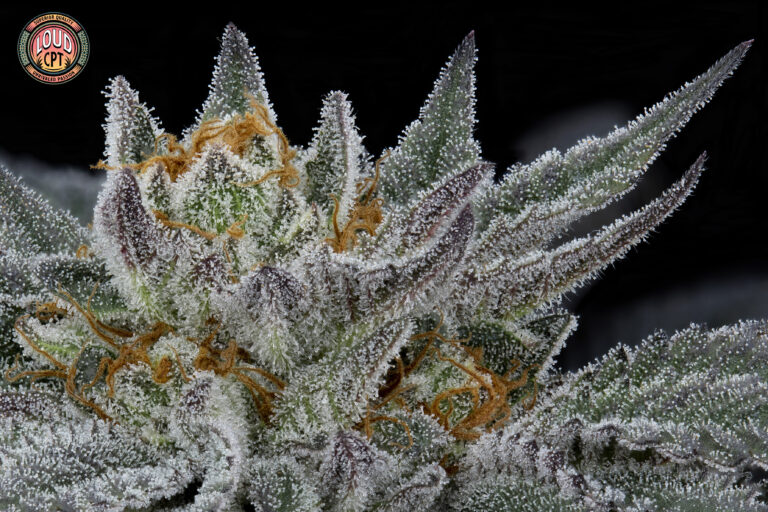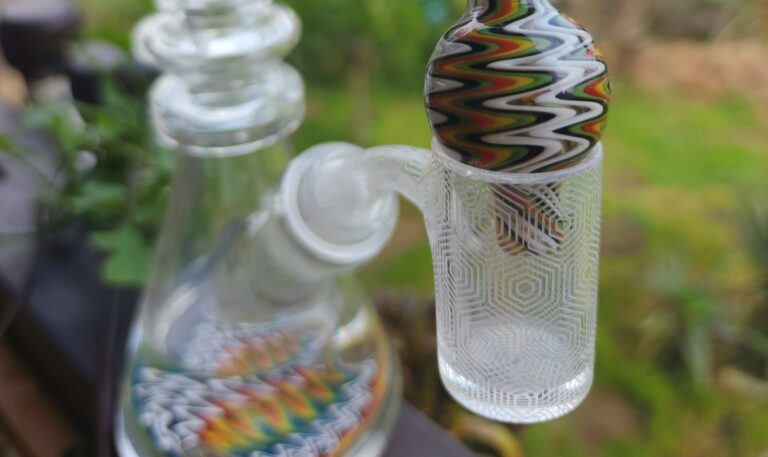Understanding Craft Cannabis
To understand the craft cannabis market, we need to look at its ethos. At its core, craft cannabis is driven by a passion for the plant and its many facets. The goal of craft cultivators is to achieve the highest quality possible, chasing perfection and not profit. It’s not that small-batch craft creators aren’t looking to make money, it’s that they’re not willing to sacrifice the quality of the product for the sake of additional sales.
However, one must keep in mind that craft doesn’t have a strict definition behind it, and in many cases, the term can be self-assigned, which may be used as a form of marketing by unethical businesses looking to cash in on the idea of craft, without producing high-quality flower.
Why Craft Growers Prefer Soil
Craft cannabis cultivators are usually associated with organic growing methods, using living soil to give the plant the best possible environment to thrive, and allowing it to determine the right amount of nutrient to uptake. This is different from salts where the plant is fed directly and can binge on high EC. One needs to keep in mind that a plant grown badly in soil will still be less enjoyable than a plant grown well in most salt regimes.
By choosing to grow in soil, craft growers need a decent understanding of soil biology and how the way they cultivate the life in their soil will impact how their plants turn out. This is especially true for those using no-till methods where a single bed of soil is used regeneratively, creating a more diverse and rigorous microlife as time goes on.
Soil is often prized by craft growers for its ability to allow the plant to express its most natural phenotype. Often in salt growth, the EC is pushed so hard that the plants lose their sense of identity, with a lot of flowers expressing in similar ways. This has often got to do with the feed and is most prominent in feeds where PGRs are implemented.
Soil also tends to produce plants with higher levels of terpenes. This isn’t always the case though – and again, comes down to how well it was grown more than the medium that was used.
While it is most commonly associated with the term, craft growers don’t always grow in soil. Some small-batch farmers use salts but work hard to refine their feeds to improve the way the flower burns, retain high levels of terpenes, and provide a clean smoke. Again, craft is more about achieving the highest possible standard with what you have, rather than focusing on quantity.
Legal vs. Black Market Craft Cannabis
Craft cannabis exists on both the black market and the legal market, though here in South Africa it is most prevalent on the black market. There is a reason for this…
Craft cannabis has relatively small profit margins when compared to commercial facilities, which isn’t going to woo investors the same way that facilities with a focus on high production levels do.
In the United States, the picture is a bit different, and while there is still a dominance of commercial facilities focusing on big numbers, there is another relatively large and passionate community that only wants to smoke the best herb – and that’s where we enter the craft market.
The Craft Market
The cannabis consumer market varies in demographics depending on which country or even which state you live in. Here in South Africa, the craft consumer base is extremely small, owing in part to inconvenience (it’s easier for most local smokers to now go to social clubs to buy weed), and also because there are limited places to get high-quality, organic flower. Additionally, our population is burned with financial problems, and spending extra on weed may be hard to justify.
There is a distinct overlap between those who smoke craft flowers and those who are into heady glass. To some, they see craft cannabis as pretentious or stuck up – but that’s usually not the case. It’s easy for passion to be misconstrued as ego and for true craft growers, it’s the passion that fuels them.
Even for us here at LOUDcpt. When we started the company, we did so because the local market lacked the high-quality smoking accessories that we were passionate about. And even though it would be easier to run a business that sells white-label Chinese glass, that’s not how we like to smoke.
We believe that if you build it, they will come. It may take time, but eventually, we do believe that craft will garner a local following that can rival the American market.
Beware The Smoke and Mirrors
Because the words craft and organic tend to come across as positive to consumers, some have used the word in an attempt to sell their brand, rather than having their brand adopt the ethos of craft.
Even those who do follow small batch, craft approaches to growing are sometimes prone to problems. As a cannabis photographer, I’ve been sent samples from dozens of growers to shoot, some of whom specialize in the craft space, only to discover molds in the flower or later learn about questionable IPM methods.
Don’t be fooled into thinking that craft herb is always going to be better, as you’ll need to know who to trust. This can be more difficult than you’d expect, with many authorities in the cannabis community having been exposed for their less-than-ethical practices.
Keep an eye out for all the bad actors in the industry, not just the craft ones. But when you see the term craft or organic being used, don’t associate this with an immediate guarantee of supreme quality.







